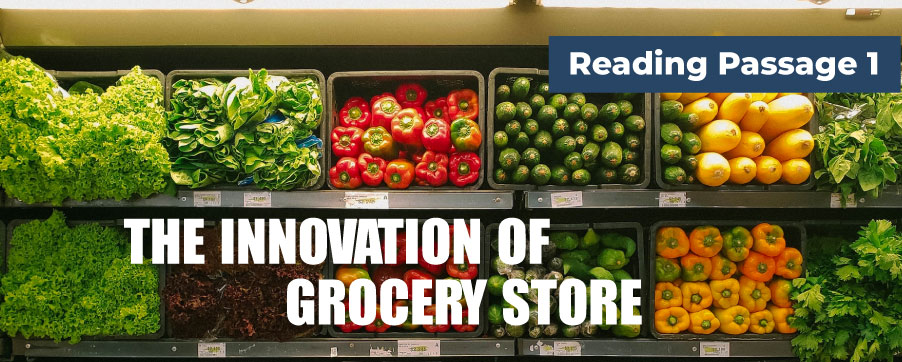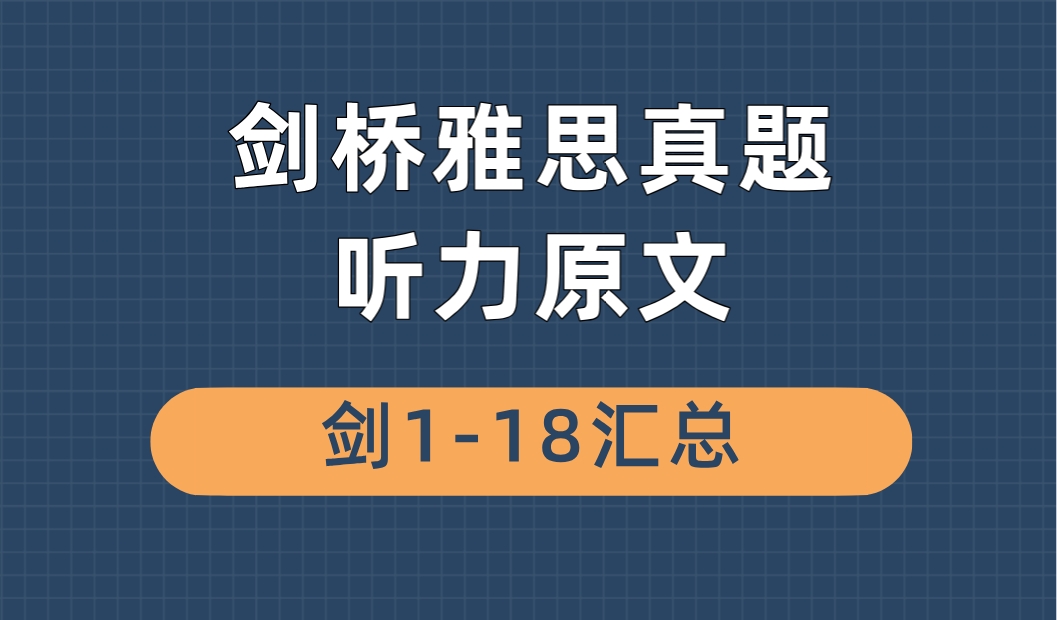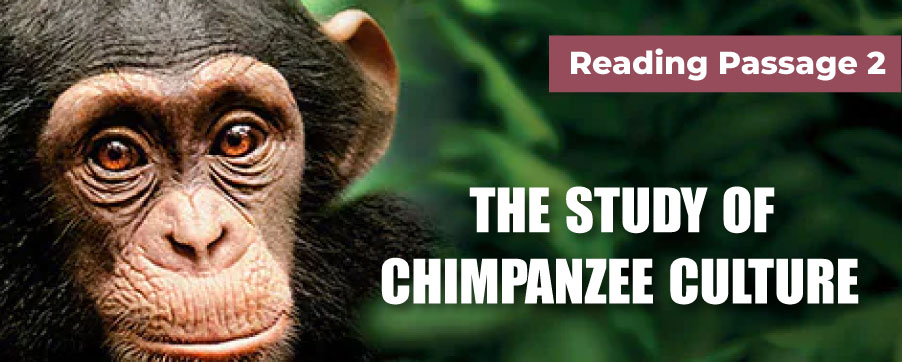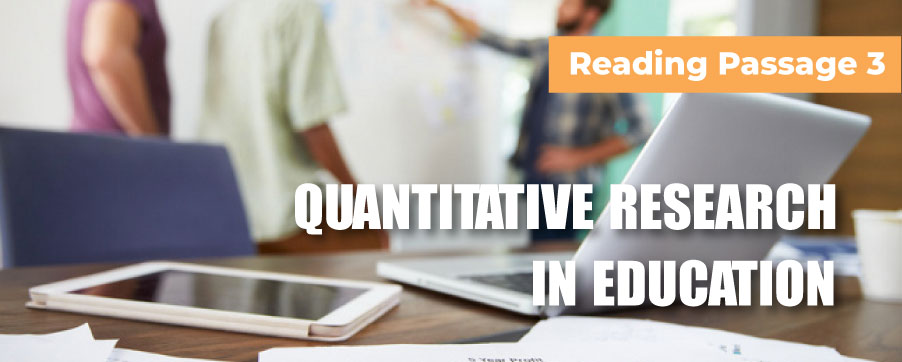
IELTS Recent Mock Tests Volume 6
- Đăng ngày: 15 Nov 2018
- Tests taken: 2,583,880
Đáp án
Part 1: Question 1 - 13
- 1 C
- 2 D
- 3 C
- 4 A
- 5 E
- 6 (a) clerk
- 7 front lobby
- 8 gallery
- 9 stockroom
- 10 customers
- 11 C
- 12 B
- 13 C
- 1 C
- 2 D
- 3 C
- 4 A
- 5 E
- 6 (a) clerk
- 7 front lobby
- 8 gallery
- 9 stockroom
- 10 customers
- 11 C
- 12 B
- 13 C
Part 2: Question 14 - 27
- 14 H
- 15 J
- 16 I
- 17 K
- 18 G
- 19 NOT GIVEN
- 20 TRUE
- 21 TRUE
- 22 FALSE
- 23 FALSE
- 24 the 1960s
- 25 Tanzania
- 26 close observation
- 27 cultural origin
- 14 H
- 15 J
- 16 I
- 17 K
- 18 G
- 19 NOT GIVEN
- 20 TRUE
- 21 TRUE
- 22 FALSE
- 23 FALSE
- 24 the 1960s
- 25 Tanzania
- 26 close observation
- 27 cultural origin
Part 3: Question 28 - 40
- 28 B
- 29 A
- 30 C
- 31 D
- 32 B
- 33 liquid
- 34 Disneyland
- 35 rigorous experimentation
- 36 grammar school
- 37 39 B,E,F
- 40 C
- 28 B
- 29 A
- 30 C
- 31 D
- 32 B
- 33 liquid
- 34 Disneyland
- 35 rigorous experimentation
- 36 grammar school
- 37 39 B,E,F
- 40 C
Leaderboard:
| # | Thành viên | Điểm | Thời gian | |
|---|---|---|---|---|
| Ragnee Mantripragada |  | 9.0 | 15:24 | |
| kamaldeep singh kohli |  | 9.0 | 15:27 | |
| Nil Nguyen |  | 9.0 | 15:29 | |
| 4 | JEAN TAN |  | 9.0 | 15:41 |
| 5 | Naveen Kumar |  | 9.0 | 15:49 |
| 6 | Quan Le |  | 9.0 | 15:51 |
| 7 | Princess Syrah Jolangcob |  | 9.0 | 15:53 |
| 8 | saiteja velisala |  | 9.0 | 15:59 |
| 9 | Manas ranjan Chhotaray |  | 9.0 | 16:05 |
| 10 | Ekaterina Soboleva |  | 9.0 | 16:24 |
Giải thích chi tiết
Questions 1-5
Reading Passage 1 has six paragraphs, A-F.
Which paragraph contains the following information?
Write the correct letter, A-F, in boxes 1-5 on your answer sheet.
NB You may use any letter more than once.
1 layout of Clarence Saunders’ store
2 a reference to a reduction by chain stores in labour costs
3 how Clarence Saunders’ idea had been carried out
4 how people used to shop before Clarence Saunders’ stores opened
5 a description of economic success brought by Clarence Saunders’s stores
- 1 Answer: C
Keywords in Questions
Similar words in Passage
Q1: layout of Clarence Saunders’ store
In his newly designed grocery store, he divided the store into three different areas: ‘A front lobby’ served as an entrance, an exit, as well as the checkouts at the front. ‘A sales department’ was deliberately designed to allow customers to wander around the aisle and select their needed groceries.
Note:
After skimming, we can find out the needed information as the phrase ‘layout’ refers to the way his store designed. Accordingly, the store is divided into three different areas, namely font lobby, sales department and stock room. Then, the passage describes what is in each area. Therefore, the information belongs to paragraph C.
- 2 Answer: D
Keywords in Questions
Similar words in Passage
Q2: a reference to a reduction by chain stores in labour costs
if you look at the way in which grocery stores (previous to Piggly Wiggly and Alpha Beta) were operated, what you can find is that there are a great number of workers involved, and labour is a major expense
Note:
Based on the keyword ‘labour costs”, we can locate the information needed for this question. According to a professor’s wording, there are a great number of workers involved in grocery stores previous to Piggly Wiggly and Alpha Beta), then labour is a major expense. From that point, we are aware that this information refers to the reduction by chain stores in labour costs. Thus, the answer is D.
- 3 Answer: C
Keywords in Questions
Similar words in Passage
Q3: how Clarence Saunders’ idea had been carried out
In 1902, Saunders moved to Memphis to put his perspective into practice, that is, to establish a grocery wholesale cooperative. In his newly designed grocery store, he divided the store into three different areas
Note
We need to be aware that Clarence Saunders’ idea is to create a self-service grocery store, then that idea was carried out right when he out his perspective into practice. In other words, he established a grocery wholesale cooperative. Therefore, C should be the answer for this question.
- 4 Answer: A
Keywords in Questions
Similar words in Passage
Q4: how people used to shop before Clarence Saunders’ stores opened
the American grocery stores offered comprehensive services: the customers would ask help from the people behind the counters (called clerks) for the items they liked, and then the clerks would wrap the items up.
Note
As skimming the very first paragraph, we can find out the needed information for this question. The paragraph refers to the way people shopped before Saunders’ invention. Specifically, they would ask help from the clerks for the items they liked, and then the clerks would wrap the items up. From that point, we can conclude that the answer is A.
- 5 Answer: E
Keywords in Questions
Similar words in Passage
Q5: a description of economic success brought by Clarence Saunders’s stores
In the first year, Saunders opened nine branches in Memphis. Meanwhile, Saunders immediately applied a patent for the self-service concept and began franchising Piggly Wiggly stores. Thanks to the employment of self-service and franchising, the number of Piggly Wiggly had increased to nearly 1,300 by 1923. Piggly Wiggly sold $100 million (worth $1.3 billion today) in groceries, which made it the third-biggest grocery retailer in the nation.
Note:
From the keyword in the question, we should acknowledge that economic success refers to indexes that indicate the development of Saunders’ stores. Accordingly, Saunders opened nine branches and the number of stores had increased to nearly 1,300. The chain also sold $100 million in grocery. All in all, we can conclude that paragraph F contains the information.
Questions 6-10
Complete the sentences below.
Choose NO MORE THAN TWO WORDS from the passage for each answer.
Write your answers in boxes 6-10 on your answer sheet.
Clarence Saunders’ first job was as 6 in a grocery store.
In Clarence Saunders’ store, people should pay for goods in the 7
Customers would be under surveillance when shopping in the 8
Another area in his store was called ' 9 ’, which was only accessible to the internal staff.
In Clarence Saunders’ shopping design, much work was done by the 10 .
- 6 Answer: (a) clerk
Keywords in Questions
Similar words in Passage
Q6: Clarence Saunders’ first job was as ________ in a grocery store.
Clarence Saunders left school at the age of 14 in 1895 to work first as a clerk in a grocery store
Note
After skimming, we can find the information about Clarence Saunders in paragraph B. According last sentences of the paragraph, he left school to work first as a clerk in a grocery store. In other words, Saunders’ first job was as (a) clerk in a grocery store. Thus, the answer must be “(a) clerk”.
- 7 Answer: front lobby
Keywords in Questions
Similar words in Passage
Q7: In Clarence Saunders’ store, people should pay for goods in the _________
‘A front lobby’ served as an entrance, an exit, as well as the checkouts at the front
Note:
We can find out the information about Clarence Saunders’ store from paragraph C. as mentioned before, this paragraph refers to the layout of his store, then it must contain the information about the payment. After scanning, we find out that ‘a font lobby’ served as the checkouts. In other words, people should pay for goods at a front lobby. Hence, the answer must be “front lobby”.
- 8 Answer: gallery
Keywords in Questions
Similar words in Passage
Q8: Customers would be under surveillance when shopping in the _______
In the gallery above the sales department, supervisors can monitor the customers without disturbing them.
Note
Following the flow of information, we can find out the needed information for this question. Accordingly, supervisors can monitor the customers without disturbing them in the gallery above the sales department. In other words, Customers would be under surveillance when shopping in the gallery. Therefore, the answer must be “gallery”.
- 9 Answer: stockroom
Keywords in Questions
Similar words in Passage
Q9: Another area in his store was called ‘________’, which was only accessible to the internal staff.
‘Stockroom’, where large fridges were placed to maintain fresh products, is another section of his grocery store only for the staff to enter.
Note
Continuing to study paragraph C, we can locate the information needed. According to the collected information, stockroom is another section of Saunders’ grocery store only for the staff to enter. In other words, stockroom was only accessible to the internal staff. Thus, we can conclude that the answer must be “stockroom”.
- 10 Answer: customers
Keywords in Questions
Similar words in Passage
Q10: In Clarence Saunders’ shopping design, much work was done by the ________
Self-service was optimistic for the improvement.
Note
From the first information about Saunders’ idea, we are aware that he would like to open self-service grocery stores to help customer save time and money. In other words, much work was done by customers in his shopping design. Hence, the answer for this question should be “customers”.
Questions 11-13
Choose the correct letter, A, B, C or D,
Write the correct letter in boxes 11-13 on your answer sheet.
Why did Clarence Saunders want to propel the improvement of grocery stores at his age?
- A
- B
- C
- D
Keywords in Questions | Similar words in Passage |
Q11: Why did Clarence Saunders want to propel the improvement of grocery stores at his age? A. He wanted to transfer business to retailing. B. He thought it was profitable. C. He thought this could enable customers’ life to be more convenient. D. He wanted to create a new shop by himself. | Having noticed that this inconvenient shopping mode could lead to tremendous consumption of time and money, Saunders, with great enthusiasm and innovation, proposed an unprecedented solution—let the consumers do self-service in the process of shopping—which might bring a thorough revolution to the whole industry. |
Note After scanning, we can get the needed information in paragraph B. Accordingly, Saunders proposed an solution which is letting the consumers do self-service in the process of shopping after he noticed that the inconvenient shopping mode at that time could lead to tremendous consumption of time and money. From that point, we can figure out that Saunders want to propel the improvement of grocery stores at his age because he thought this could enable customers’ life to be more convenient. Therefore, the answer for this question must be C. | |
The Piggly Wiggly store was
- A.
- B
- C
- D
Keywords in Questions | Similar words in Passage |
Q12: The Piggly Wiggly store was A located in Virginia B mainly featured self-service. C initially very unpopular with customers. D developed with a pessimistic future. | Saunders performed the self-service revolution in the USA by opening the first Piggly Wiggly featured by the turnstile at the entrance store at 79 Jefferson Street in Memphis, Tennessee. |
Note Based on the keyword “Piggly Wiggly”, we can find out the needed information for this question. At first, we may incorrectly think that the answer must be A. However, we should be aware that Piggly Wiggly is a brand or a solution so that it can present at many places where there are Saunders’ stores. Then, we exclude option A. After scanning the information about the keyword, we can conclude that the answer must be B. | |
Today, the main thing associated with Clarence Saunders is that
- A
- B
- C
- D
Keywords in Questions | Similar words in Passage |
Q13: Today, the main thing associated with Clarence Saunders is that A a fully automatic store system opened soon near his first store. B his Piggly Wiggly store was very popular at that time. C his name was usually connected with Piggly Wiggly stores. D his name was printed together with that of his famous store. | Clarence Saunders died in 1953, leaving abundant legacies mainly symbolised by Piggly Wiggly, the pattern of which spread extensively and lasted permanently. |
Note We can locate the needed information for this question in the last paragraph. After scanning, we can exclude option A and option D. As for option B, his Piggly Wiggly store was truly popular but not only at that time because it is said that the pattern of his store spread extensively and lasted permanently. Moreover, Saunders left abundant legacies mainly symbolized by Piggly Wiggly. All in all, the answer should be C. | |
READING PASSAGE 1
You should spend about 20 minutes on Questions 1-13, which are based on Reading Passage 1 below.

The Innovation of Grocery Stores
A. At the very beginning of the 20th century, the American grocery stores offered comprehensive services: the customers would ask help from the people behind the counters (called clerks) for the items they liked, and then the clerks would wrap the items up. For the purpose of saving time, customers had to ask delivery boys or go in person to send the lists of what they intended to buy to the stores in advance and then went to pay for the goods later. Generally speaking, these grocery stores sold only one brand for each item. Such early chain stores as A&P stores, although containing full services, were very time-consuming and inefficient for the purchase.
B. Born in Virginia, Clarence Saunders left school at the age of 14 in 1895 to work first as a clerk in a grocery store. During his working in the store, he found that it was very inefficient for people to buy things there. Without the assistance of computers at that time, shopping was performed in a quite backward way. Having noticed that this inconvenient shopping mode could lead to tremendous consumption of time and money, Saunders, with great enthusiasm and innovation, proposed an unprecedented solution—let the consumers do self-service in the process of shopping—which might bring a thorough revolution to the whole industry.
C. In 1902, Saunders moved to Memphis to put his perspective into practice, that is, to establish a grocery wholesale cooperative. In his newly designed grocery store, he divided the store into three different areas: A 'front lobby’ served as an entrance, an exit, and included checkouts at the front. ‘A sales department’ was deliberately designed to allow customers to wander around the aisle and select their needed groceries. In this way, the clerks would not do the unnecessary work but arrange more delicate aisle and shelves to display the goods and enable the customers to browse through all the items. In the gallery above the sales department, supervisors can monitor the customers without disturbing them. ‘Stockroom’, where large fridges were placed to maintain fresh products, is another section of his grocery store only for the staff to enter. Also, this new shopping design and layout could accommodate more customers to go shopping simultaneously and even lead to some unimaginable phenomena: impulse buying and later supermarket.
D. On September 6, 1916, Saunders performed the self-service revolution in the USA by opening the first Piggly Wiggly featured by the turnstile at the entrance store at 79 Jefferson Street in Memphis, Tennessee. Quite distinct from those in other grocery stores, customers in Piggly Wiggly chose the goods on the shelves and paid the items all by themselves. Inside the Piggly Wiggly, shoppers were not at the mercy of staff. They were free to roam the store, check out the products and get what they needed by their own hands. There, the items were clearly priced, and no one forced customers to buy the things they did not need. As a matter of fact, the biggest benefit that the Piggly Wiggly brought to customers was the money-saving effect. Self-service was optimistic for the improvement. ‘It is good for both the consumer and retailer because it cuts costs,’ noted George T. Haley, a professor at the University of New Haven and director of the Centre for International Industry Competitiveness, ‘if you look at the way in which grocery stores (previous to Piggly Wiggly and Alpha Beta) were operated, what you can find is that there are a great number of workers involved, and labour is a major expense.’ Fortunately, the chain stores such as Piggly Wiggly cut the fat.
E. Piggly Wiggly and this kind of self-service stores soared at that time. In the first year, Saunders opened nine branches in Memphis. Meanwhile, Saunders immediately applied a patent for the self-service concept and began franchising Piggly Wiggly stores. Thanks to the employment of self-service and franchising, the number of Piggly Wiggly had increased to nearly 1,300 by 1923. Piggly Wiggly sold $100 million (worth $1.3 billion today) in groceries, which made it the third-biggest grocery retailer in the nation. After that, this chain store experienced company listing on the New York Stock Exchange, with the stocks doubling from late 1922 to March 1923. Saunders contributed significantly to the perfect design and layout of grocery stores. In order to keep the flow rate smooth, Saunders even invented the turnstile to replace the common entrance mode.
F. Clarence Saunders died in 1953, leaving abundant legacies mainly symbolised by Piggly Wiggly, the pattern of which spread extensively and lasted permanently.
IELTS Explained for Recent Actual Test With Answers (Vol 6) - Reading Test 2
Strengthen your reading skills with comprehensive instruction and explanation from our IELTS expert Jamie. In this video course, Jamie will show you the easiest and most effective ways to locate information and find the correct answers in a long reading passage.
Want to watch the rest of the class?
Purchase an All-Access Pass to get access to this premium class and 200+ more on IOT. Or start with This Single Class today






